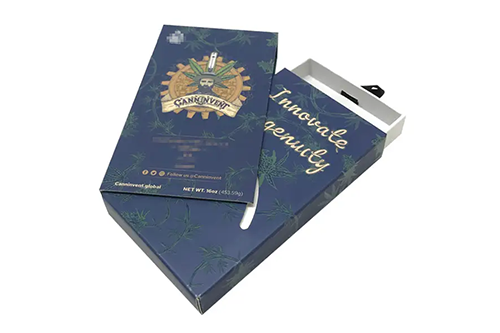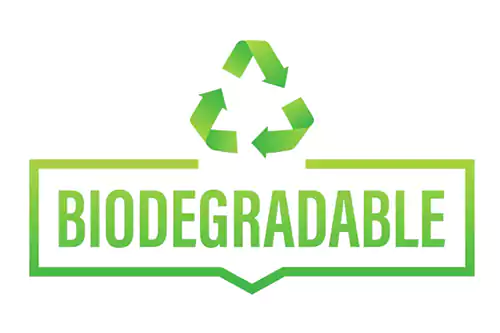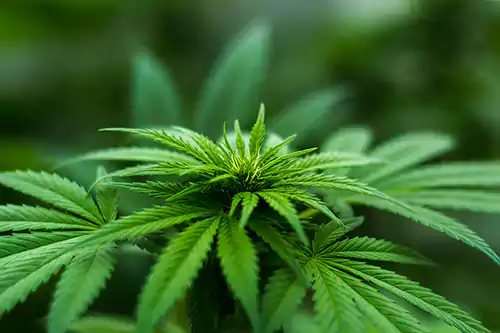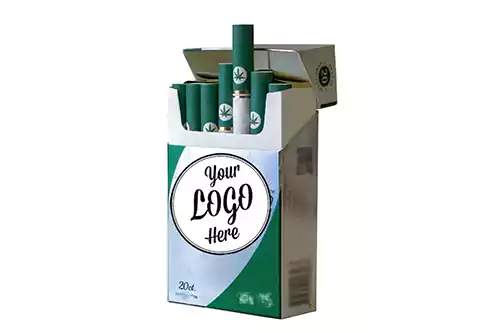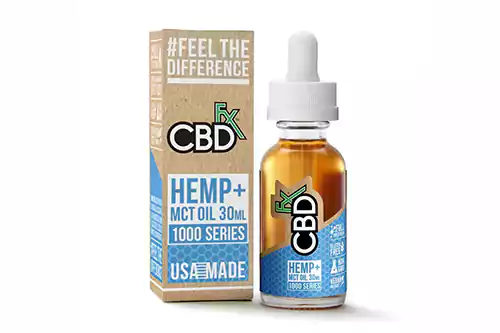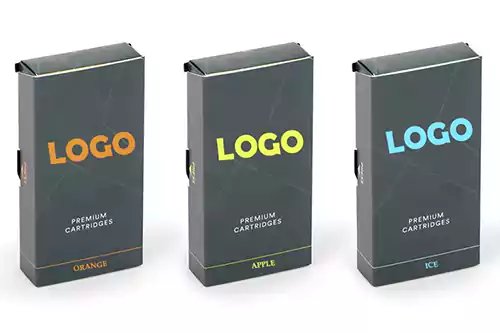When we talk about sustainable packaging, we focus on the whole rather than focusing too narrowly on a single aspect of a material type or waste management system.
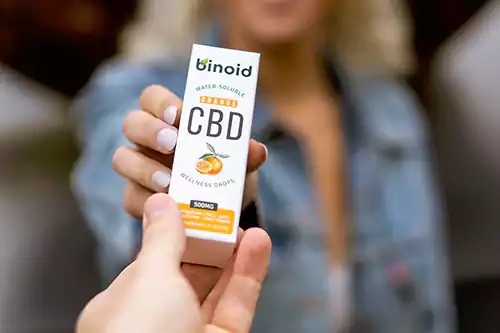
In order to truly solve the problem of packaging waste, not only for marijuana, but also for all industries that rely on single packaging, we need a holistic approach to solve the packaging materials we use and the waste management infrastructure with which they interact.
This is why we need to shift from a linear and properly handled economic model to a circular economic model. Ellen MacArthur Foundation adheres to the circular economy of three guiding principles:
(1) eliminating waste and pollution,
(2) keeping products and materials in use
(3) regenerating our natural systems.
Plastic is the most common source of environmental pollution, and the transition to a circular economy is particularly important for plastics. Although there are various types of materials used for cannabis packaging - like glass, metal and cardboard - plastic is the most commonly used material for cannabis packaging.
The two main reasons for plastics are that the most common types of materials used for cannabis packaging involve product preservation and a strict regulatory environment for cannabis packaging.
First, cannabis is a perishable product, and plastic packaging can extend the shelf life of perishable products. Secondly, it is a challenge to use sustainable materials to design anti lock mechanisms for children. Every legal cannabis market needs some form of child proof packaging, whether it is primary product contact packaging or secondary packaging, such as out of pocket.
Some states require that marijuana packaging be opaque, while others do not, and others require a specific wall thickness for marijuana packaging. These changes in cannabis packaging regulations make it difficult to use sustainable packaging materials.
A 2016 study according to the world economic forum, the Allen MacArthur Foundation and McKinsey & company, 40% of the 78 million tons of plastic produced each year go into landfills, 32% are discharged into the environment, 14% are burned, and 14% are recycled. These figures are not encouraging and are a direct result of linear economic models.
So what is the circular economy of plastic and hemp packaging? In the circular economy model, the materials are reused or recycled in the closed-loop system, or there are sufficient end-of-life plans, such as anaerobic digestion or composting.
Ellen MacArthur Foundation pointed out that the vision of plastic recycling economy has the following six key points, all of which can be directly applied to the recycling economy of cannabis packaging:
The first point is "to eliminate problematic or unnecessary plastic packaging through redesign, innovation and new delivery modes." There are many unnecessary packaging in the marijuana industry. Perhaps it is the marijuana industry that re carries child resistant packaging for inactive products, such as flowers and front rolls.
It is meaningful to use anti child packaging for edible active products. However, a recent study by McGill University shows that getting rid of children's safe packaging for non active products has the potential to reduce the waste of cannabis packaging by as much as 70%, increase the recovery rate of cannabis packaging, increase the range of packaging materials provided to producers and reduce the cost of cannabis packaging.
The second point is that the reuse model should be "applied in relevant places to reduce the need for one-time packaging". Perhaps the best example of a circular packaging system is the "cowboy model" adopted in the 1950s, in which milk bottles are collected and reused until they are no longer available.
Coupled with recycling when packaging is no longer available, the "milkman model" may be an ideal solution, and the cannabis market allows point of sale packaging, such as Colorado and Oregon. The current regulatory environment makes it extremely difficult to collect and reuse cannabis packaging, but some organizations try to do so, such as green for green in Colorado.
The third point is that all plastic packaging should be 100% reusable, recyclable or compostable. Most hemp packages are already reusable, recyclable or compostable on paper, but in practice it is difficult, which leads to the next point.
The fourth point is that all plastic packaging should be "reused, recycled or composted in practice". This is also a no brainer, but unfortunately, our recycling system has been destroyed, and our industrial composting system hardly exists. Due to the strict regulatory environment, it is very difficult to collect and reuse cannabis packaging.
To achieve recycling and composting packaging in practice - not just hemp packaging, but all packaging - we need to naturally rethink our waste management system and update our crumbling waste management infrastructure. In order to realize the reuse of cannabis packaging in practice, we need to naturally rethink the provisions on cannabis packaging.
The fifth point is that the use of plastics should be "completely decoupled from the consumption of limited resources". This means that the use of original petroleum based resins is greatly reduced and transformed into bio deficient, regenerated and recycled resins for all single use packaging.
This is the realization of SANA packaging: using plant-based, recycled and marine plastics for cannabis packaging, with the ultimate goal of designing and developing cannabis packaging for recycling economy.
The sixth point is that all plastics should be "free of hazardous chemicals, as well as the health, safety and rights of all people involved." This is another question that does not need to be considered, but it should be noted that because cannabis is not legal in the Federation, the packaging of cannabis is not subject to the requirements of the FDA, while the FDA requires the management of other vertical packaging, such as food and beverage packaging.
As a fast-growing and emerging industry still developing its best practices, cannabis has a unique opportunity to do things based on and create a circular economy model for cannabis packaging.

